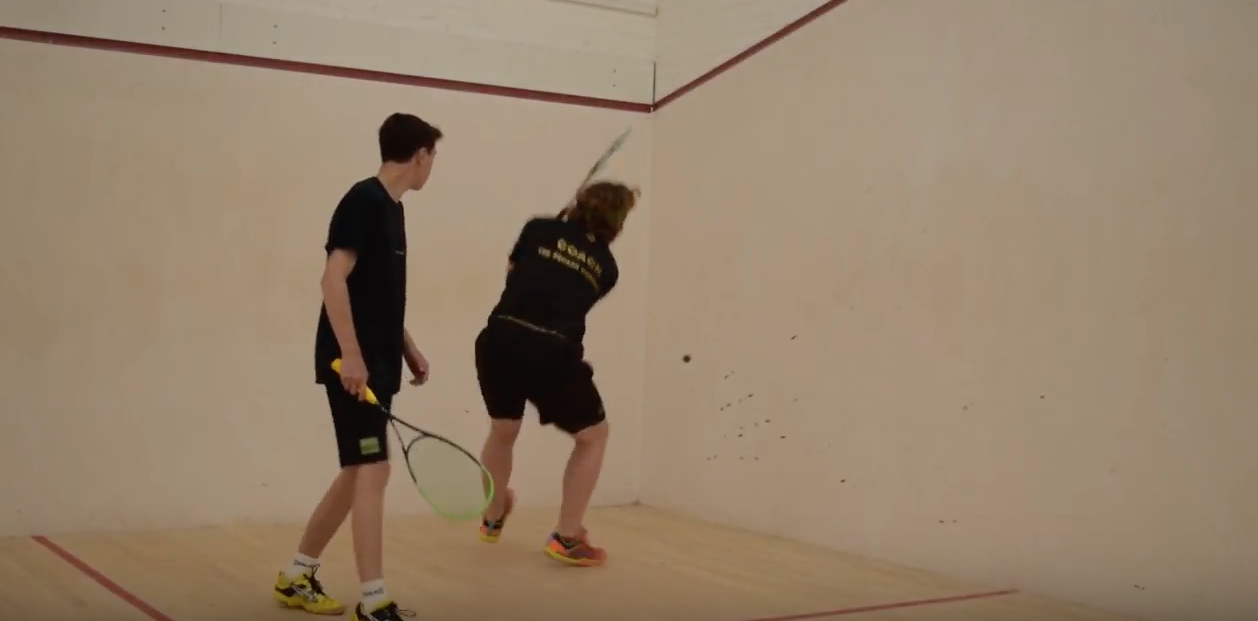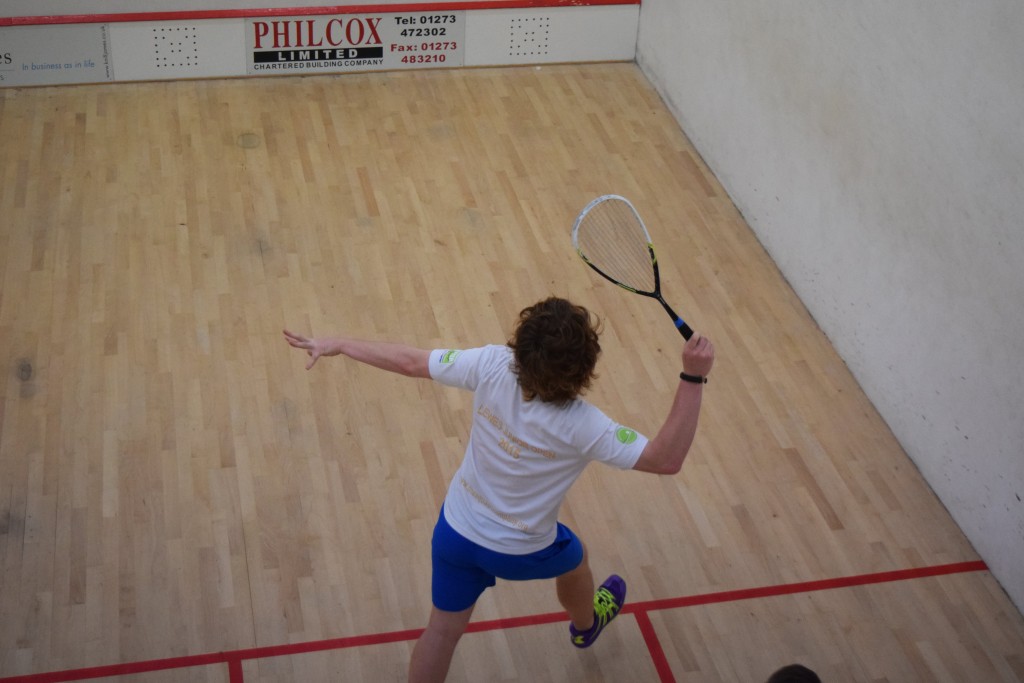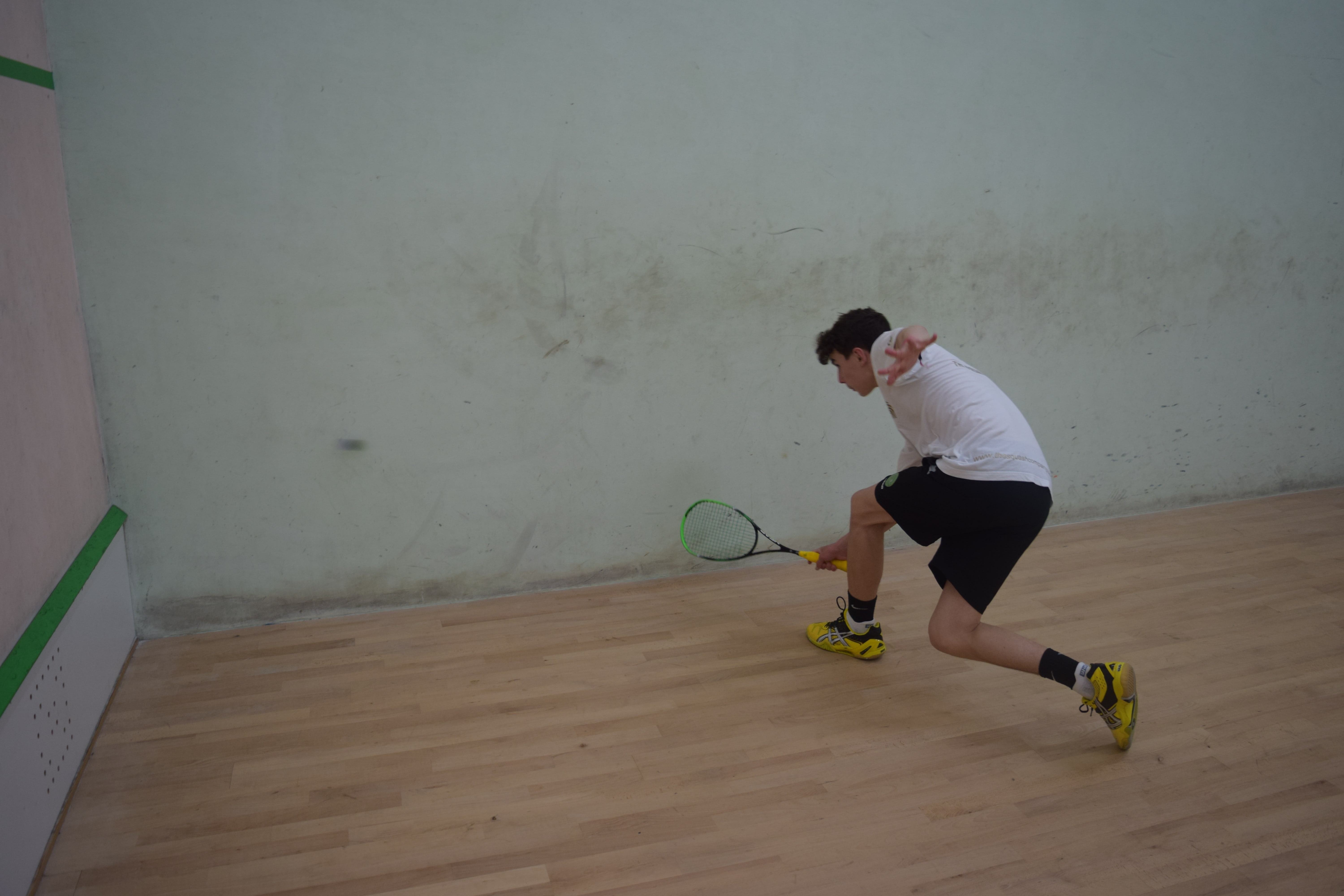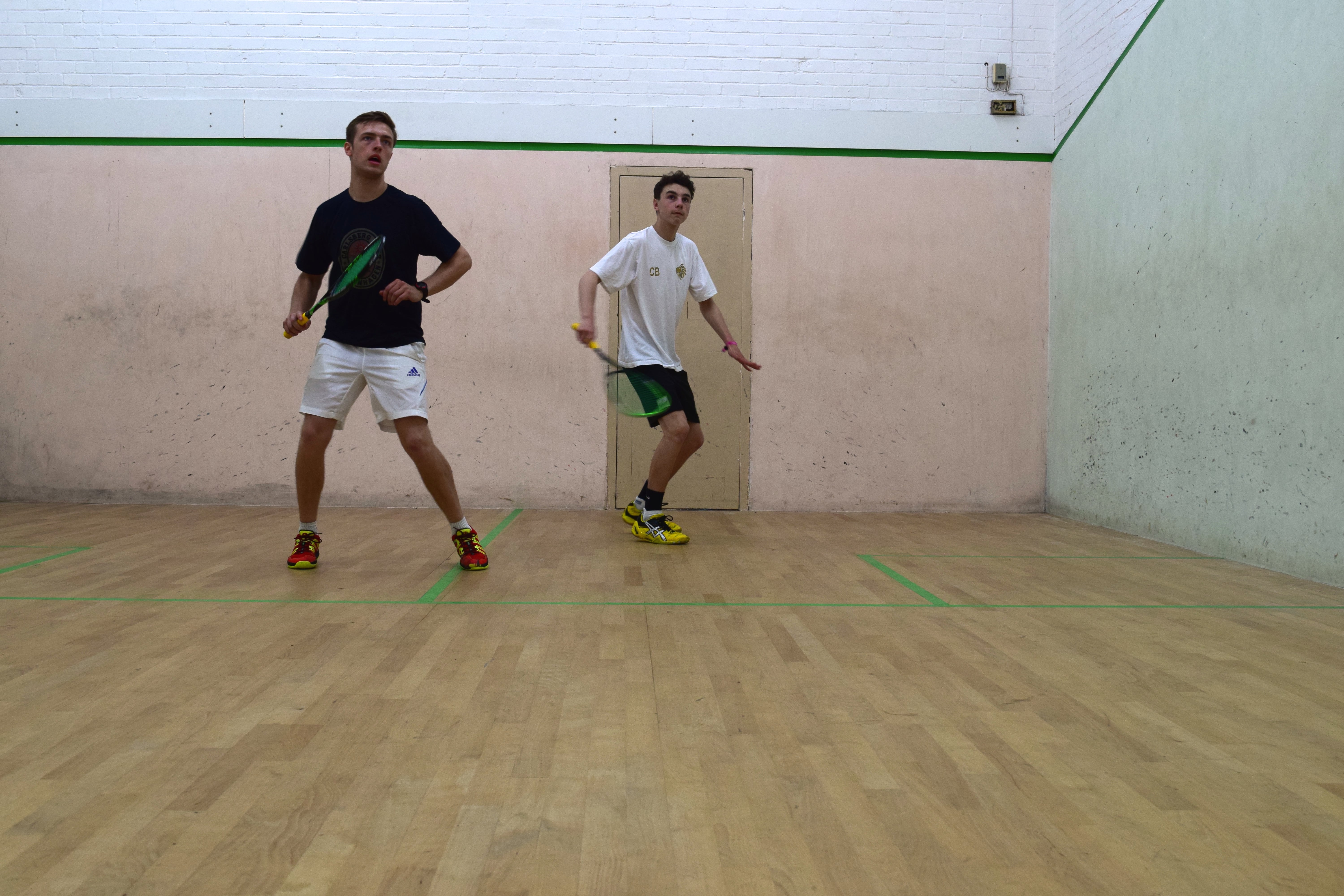Does your length shot get your opponent behind you?
It can be very easy to get caught up in whacking the ball to the back of the court with little regard for accuracy and thought for why you actually did it. The whole point of playing a long shot is to get your opponent behind you so that you can take the T-Position. Do your length shots actually have this purpose?
Getting the first bounce behind the serve box
In general, you need the first bounce of your shot to be behind the serve box. The exact area of the ideal first bounce will vary though depending on the court, the ball and what shot you are playing. It’s wise to spend a bit of time during the warm-up trying to figure out where the ideal first bounce is to get the ball bouncing twice right in the back corner. Sometimes it will need to be a good foot behind the service box or possibly even further back that that if the ball is cold or your are playing a slower shot, such as a lob.
Even on the hottest courts, you will usually need the ball to bounce behind the serve box to get your opponent off the T-Position. If it doesn’t get beyond the box, you will usually find your opponent is able to cut the ball off. It might mean the ball comes off the back wall a bit but this is definitely worth it to get your opponent off the T-Position (so long as your length shot isn’t coming off the back wall a long way!).
Most matches are won by the player who gets their shots into the corners of the court the most and if your length is getting your opponent to the back more than their length shots are able to get you to the back, you will have a great chance of emerging victorious in the match.
Ways of getting the ball behind the service box
If you’re struggling to get the ball behind the serve box it can be for a number of reasons. Typically people could do with opening their racket face more, which you can do by rotating your forearm. You can find out more about this here.
It might also be your positioning and/or footwork is preventing you getting enough power or leverage on the ball, in which case you might need to ensure your feet are pointing towards the sidewall or even a touch forwards, which might mean moving around the ball more to ensure you are more ‘side-on’ to the front wall. You might even use a little jump. You can find out more about positioning and footwork here.
You could also try putting more weight into your legs by bending your knees more and squatting slightly or lunging, although this lunge needs to be directed by your feet and body pointing towards the side wall as much as possible as previously mentioned.
During your next few matches, check if your length shot actually gets past the service box. The player whose length is weaker and shorter typically loses the match, as they don’t get possession of the T-Position as much and provide their opponent with more opportunities to attack.




